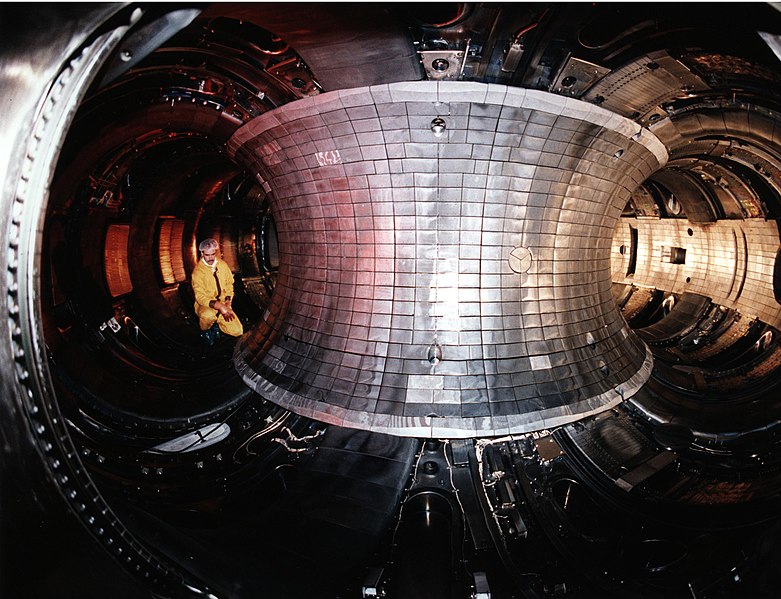The Joint European Torus (JET), the UK’s 40-year-old fusion reactor, has been a cornerstone of fusion energy research since its inception in 1983, boasting unparalleled achievements in the field. It briefly became the hottest point in the solar system, reaching temperatures of 150 million°C.
Setting New Records: JET’s Remarkable Achievements in Fusion Energy
Scientists have announced that the Joint European Torus (JET) in Oxfordshire achieved a world record for energy output in its final runs before being permanently shut down.
Building upon its previous achievements, the reactor surpassed its own record set in 2021, sustaining a fusion reaction for 5.2 seconds and producing an astonishing 69 megajoules of output, while consuming only 0.2 milligrams of fuel. This equates to a power output of 12.5 megawatts, which is sufficient to power 12,000 homes.
Fusion vs. Fission: Contrasting Pathways to Clean Energy
Nuclear power plants currently operate on the principle of fission reactions, which involve splitting atoms to release energy. In contrast, fusion operates by merging smaller particles to form larger atoms, offering the potential for generating more energy without the production of radioactive waste associated with fission.
Challenges and Promises of Fusion Energy in Power Generation
Fusion energy is hailed as an environmentally friendly energy source due to its low carbon emissions. However, despite its promise, practical methods for harnessing fusion in power plants remain elusive.







